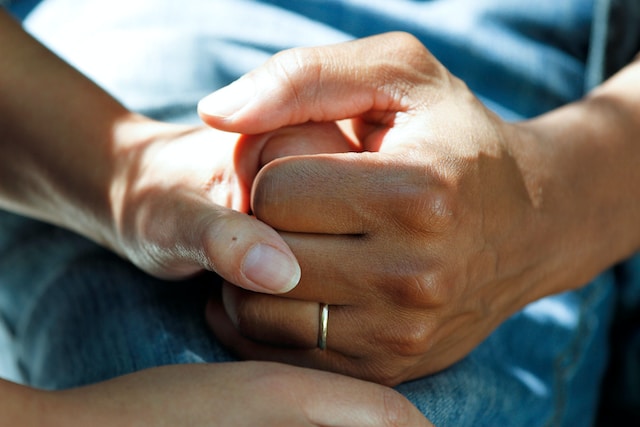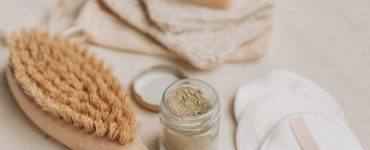The convergence of medical science and technology has led to an influx of advanced medical products entering the market. While these innovations have the potential to revolutionize healthcare, ensuring that they are utilized safely and effectively is crucial.
Photo by National Cancer Institute on Unsplash
As the landscape of healthcare rapidly evolves, there’s a growing need to address the challenges of educating healthcare professionals and sales organizations on the ever-changing technologies, treatments, and industry standards necessary to effectively perform their jobs.
The Landscape of Modern Medical Products
The realm of healthcare has witnessed an epochal transformation in recent years.
The once strictly clinical aura of medical products has broadened to seamlessly fit into the coziness of our living rooms.
As these innovations continue to reshape patient care, understanding their utility and functionality is paramount to ensure their effective and safe use.
From Hospitals to Homes
Gone are the days when medical equipment was synonymous solely with large hospitals or specialized clinics.
The democratization of these devices means they now occupy space next to our beds or on our living room tables. This transition, though revolutionary, is not without its rationales:
- Increased Accessibility: The constraints of frequent hospital visits, whether due to distance, physical discomfort, or time constraints, are being mitigated. Medical devices in homes mean vital health metrics are just an arm’s length away.
- Cost Efficiency: In the long run, having a medical device at home can be a prudent financial decision. Instead of incurring repeated charges for professional consultations, patients can make a one-time investment or affordable rentals to monitor and manage their health.
- Comfort and Familiarity: The psychological benefit of being in one’s personal space while undergoing treatment or health monitoring is significant. Familiar surroundings often translate to reduced anxiety, which can, in turn, positively influence health outcomes.
Navigating the Complexity of Devices
The cutting-edge nature of modern medical devices, while promising, introduces layers of complexity that demand attention and understanding:
- Multiple Features: Today’s devices aren’t just about a single function. They come packed with an array of features, each tailored to provide detailed insights into one’s health. This means users need to invest time to understand each feature to leverage the device’s full potential.
- User Variability: Medical devices are designed to cater to a wide audience. However, individual needs vary. This calls for an understanding of how to adjust and tailor device settings to align with specific health requirements.
- Maintenance Requirements: These devices aren’t set-and-forget. Their precision often demands regular maintenance. Whether it’s calibrating the device, replacing parts, or troubleshooting minor issues, users need to be proactive. This ensures not just the longevity of the device but also the accuracy and reliability of the data they provide.
Addressing the Knowledge Gap
With the realm of medical products steadily expanding into our homes, the responsibility of understanding these devices extends beyond healthcare professionals to the common man.
Bridging this knowledge gap ensures that these tools are used effectively, safely, and to their full potential.
Challenges in Training Professionals
Training professionals in this ever-evolving sector is akin to hitting a moving target. With constant advancements and a plethora of choices, healthcare professionals, including those in sales organizations, grapple with several challenges:
- Rapid Technological Advancements: The medical field is characterized by swift innovation. Professionals must continuously learn and adapt to ensure they’re conversant with the latest tools and technologies.
- Diverse Product Range: With an expanding array of medical products available, becoming proficient in the nuances of each becomes an exhaustive endeavor.
- Regulatory Nuances: Beyond just understanding how a device works, professionals must be well-versed in the legal landscapes. They should comprehend the regulatory requirements and standards associated with different medical products.
Empowering End-Users
While professionals grapple with their challenges, it’s essential not to overlook the end-users, who are often the most impacted by these devices:
- User-Friendly Resources: Instruction manuals, while informative, may not always be intuitive. Supplementing them with visual aids like video tutorials, interactive simulations, and online courses can simplify complex concepts.
- Community Training Programs: By hosting workshops and training sessions at a community level, users can gain practical insights. Such programs allow for direct interaction with experts, ensuring that doubts are clarified and fears alleviated.
- 24/7 Support: Medical concerns can arise at any hour. Ensuring that end-users have continual access to professional support can avert potential mishaps and reassure them in times of doubt.
Building a Safer Future with Informed Choices
In a world where the home becomes an extension of the healthcare facility, the onus of safety and efficacy lies in knowledge and training.
Collaborative Efforts
The journey toward a safer future demands synergy among various stakeholders:
- Manufacturers: Beyond just innovating, manufacturers must focus on crafting devices that prioritize user experience. Additionally, they need to invest resources into creating comprehensive training modules that simplify complex functionalities.
- Healthcare Institutions: These establishments, being at the frontline of healthcare, can spearhead awareness campaigns. They can also organize training sessions, ensuring their patients are well-equipped to manage their health at home.
- Government and Regulatory Bodies: A robust regulatory framework that stays updated with technological advancements is essential. These entities must ensure that training standards are maintained and that compliance is a top priority.
Continuous Learning and Adaptation
The dynamic nature of the medical realm necessitates a commitment to lifelong learning:
- Refresher Courses: Technology evolves, and so should our knowledge. Professionals and end-users alike should periodically enroll in courses that update them on the latest in medical device technology.
- Feedback Mechanisms: Constructive feedback from end-users can provide invaluable insights. This can guide both training modules’ structure and the design and features of upcoming products.
- Staying Updated: The medical world is vast and continuously progressing. Whether it’s subscribing to industry journals, attending seminars, or participating in webinars, staying abreast of the latest findings and studies is paramount to ensuring the safe and effective use of medical products.
Wrapping Up
In an age where medical devices have become an integral part of our homes, empowering every user with knowledge is not just a requirement but a responsibility.
Addressing the challenges in training professionals and ensuring that end-users are equipped with the necessary knowledge can pave the way for a safer, healthier future.
By fostering a culture of continuous learning and collaboration, we can harness the full potential of medical innovations while ensuring safety and efficacy.






















